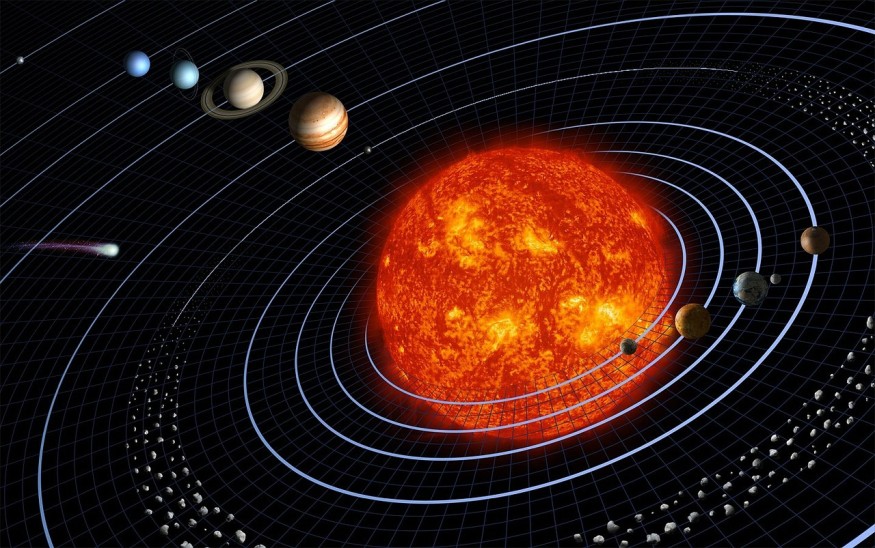
A craft that examines the sun's great rays has now been able to capture an extremely rare event from humanity's position on the surface of the earth.
Mercury Crosses the Face of the Sun
According to Science Alert, the solar orbiter, which is managed by the European Space Agency (ESA), was able to observe mercury slide over the sun's face. It was like a small black dot atop a great flame background. The dot, however, is distinct from the sun's own sunspots.
It was the EUI (Extreme Ultraviolet Imager) that reportedly filmed the movement of the planet. It particularly snapped Mercury just after it moved out of the disc and became a silhouette in front of the sun's atmosphere of gas. Meanwhile, the SPICE (Spectral Imaging of the Coronal Environment) also splits the sun's light into various colors in order to isolate light from lower atmospheric atos, as per ESA.
Moreover, according to Miho Janvier from the Institut d'Astrophysique Spatiale in France, who is also the deputy project scientist of SPICE, the snap was a view of Mercury not only crossing across the sun but also in front of various atmospheric layers.
NDTV reports that Mercury has the same size as the moon and is the smallest planet in the solar system. It is also the fastest, with an orbit around the sun that takes 88 days on earth. This rare event is referred to as a transit.
What Are Transit Events?
Transit events take place when smaller objects, such as a moon or planet, move in front of a star. The objects end up blocking out small light amounts.
While the objects often end up as silhouettes, such transit events reveal interesting data. According to Science Alert, these transits are primary tools when it comes to spotting planets that are not from the solar system or exoplanets.
Science Alert reports that telescopes such as the TESS or Kepler observe stars for prolonged periods. As they do so, they search for faint, regular starlight dips that may serve as signals for an exoplanet that is transiting.
This shadow flicker does not just reveal the presence of an orbiting object; it may also shed light on the object's makeup and composition. When an exoplanet moves over its parent star, some of the light from the star will filter through any harbored atmosphere. An analysis of how light is different from naked starlight may enable scientists to know more about the composition.
Such a technique has been employed by scientists to examine the Venusian atmosphere from earth, as well as other exoplanet atmospheres.
While data from transits may not be sufficient enough to warrant answers, it does show how even small planets may hold huge answers within them.
RELATED ARTICLE : Solar Orbiter Probe Captures First-Of-Its-Kind Photo of Billowing Arc of Plasma During Solar Flare [LOOK]
Check out more news and information on Space in Science Times.
© 2025 ScienceTimes.com All rights reserved. Do not reproduce without permission. The window to the world of Science Times.












